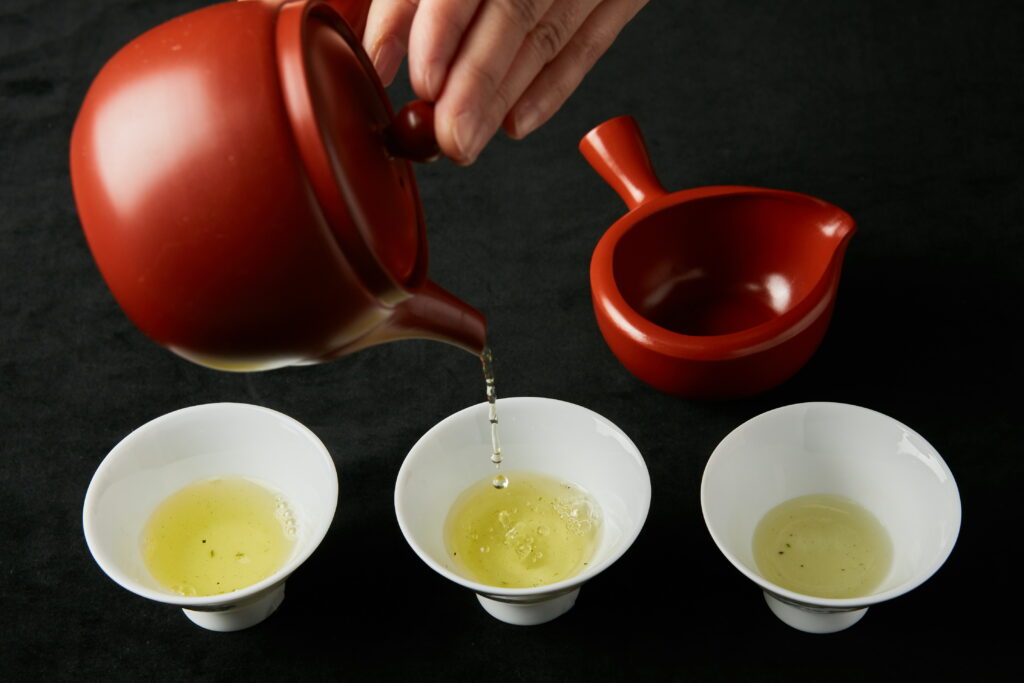History of Uji Tea
Now that we have a basic understanding of Uji tea, let’s dig a little deeper and explore its rich history.
1. The Beginning of Uji Tea (13th-14th Centuries)
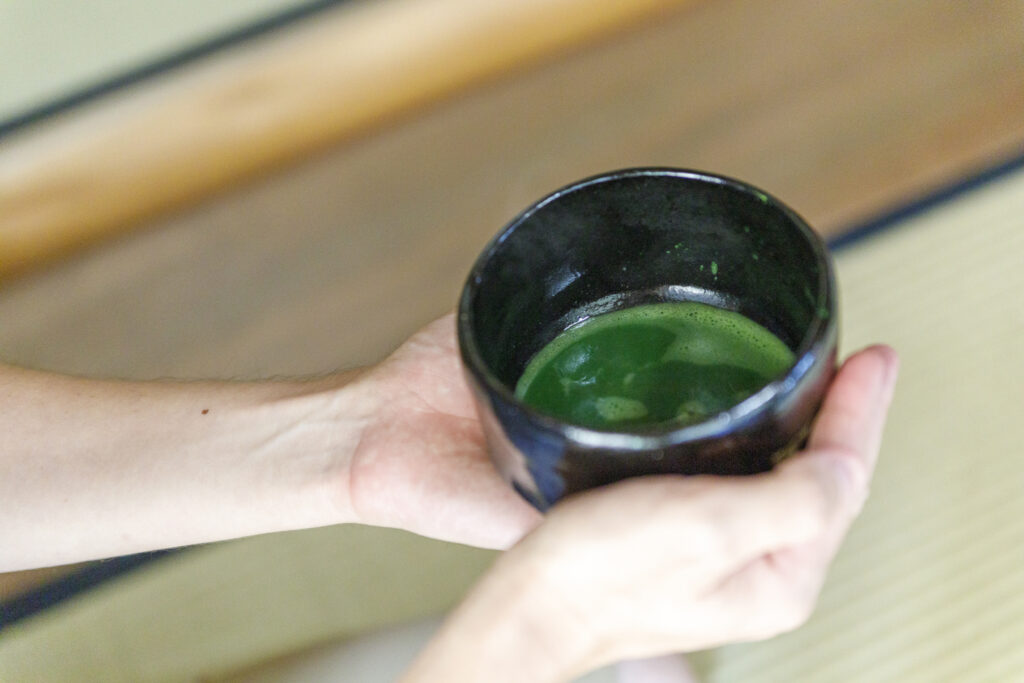
The cultivation of Uji tea is said to have started at the beginning of the 13th century. Eisai, a Buddhist monk who had studied in China, brought back tea seeds and cultivation methods to Japan. (He is also known for introducing the Rinzai school of Zen Buddhism to Japan.) He shared the seeds with Myoe (a Buddist monk who later re-established Kyoto’s temple under the name Kosanji). Myoe began cultivating them in Toganoo, and then planted them in Uji as well.
Eisai wrote a book about the medicinal benefits of tea, such as invigorating the body, aiding digestion, relieving hangovers, and prolonging life, and he also wrote more about tea in this book, such as methods for cultivating and processing tea. The tea of that time was a drink similar to today’s matcha. It was widely used among Buddhist monks to stay awake and focused on meditation.
During the mid-14th century, the custom of tea drinking became widespread, and Uji tea was recognized as a premium gift.
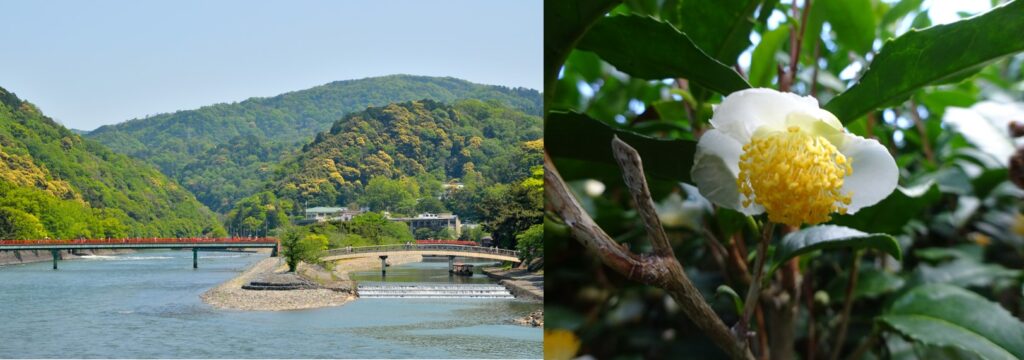
2. The Solidification of Uji Tea’s Reputation (15th-16th Centuries)
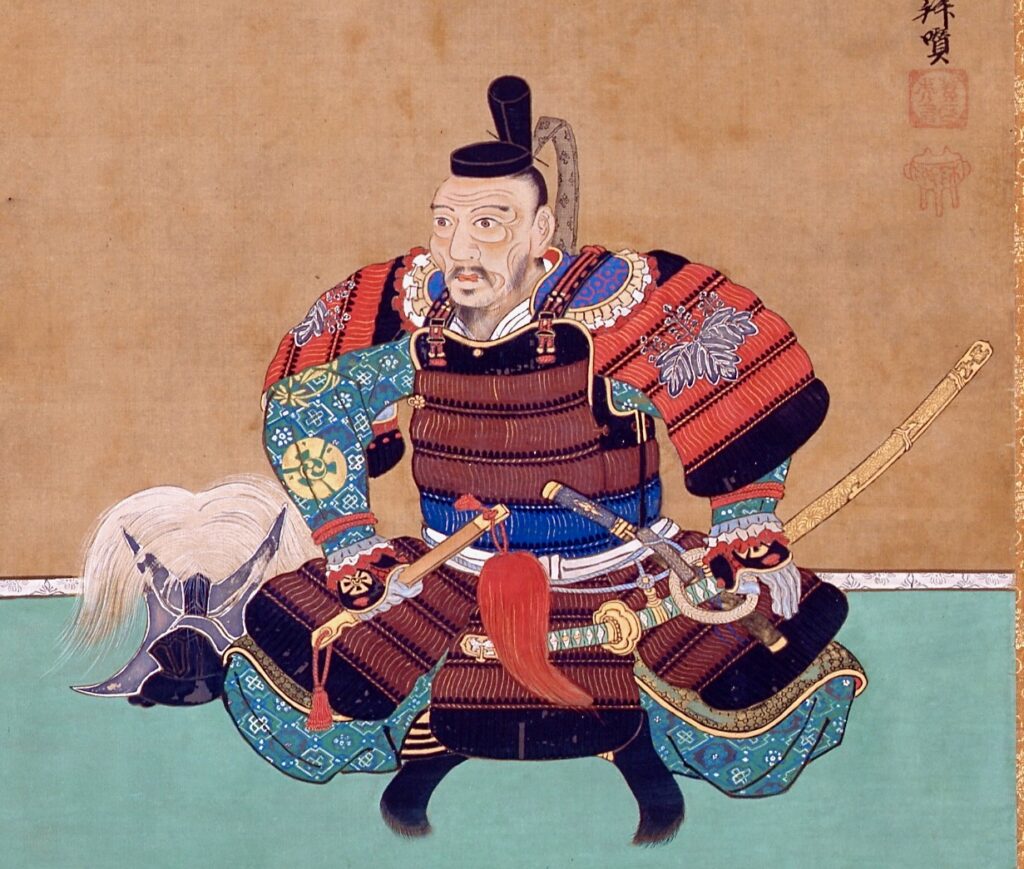
In the 15th century, Uji tea won the favor of the ruling Ashikaga shogunate and became known as the tea treasured by the shogun, establishing its position as the best tea in Japan. By order of the shogunate, seven special tea plantations were established in Uji. One of them, the Okunoyama Tea Garden, has continued to produce tea to this day.
The 16th century saw the emergence of an innovative method for producing higher-quality tea leaves to meet the needs of tea masters like Sen no Rikyu. This technique, called Ōishita Saibai, limits the amount of sunlight that reaches the tea plants. Tea plants are covered for a predetermined number of days before harvest, during the growth of the buds. This suppresses the chemical process that converts theanine, a component of umami, into catechin, a component of astringency. This brought the matcha of Uji a well-rounded umami, a delicate sweetness, and a richer color and aroma.
It was around this time that the Japanese tea ceremony developed. The act of drinking tea was elevated into the cultural practice that fused Zen spiritual discipline with the unique Japanese aesthetic and spirituality. A bowl of tea became a medium for the host and guest to share time and deepen their bonds. In the turbulent times of the Warring States Period in Japan, drinking tea spread among samurai warriors seeking solace and inner peace. While enjoying the tea ceremony had already been a status symbol for them, during the time of constant domestic conflicts and upheaval, it also served as an escape from the ferocity of the battles. Kyoto, as the center of politics and culture at that time, often saw large-scale tea ceremonies that partly served as a show of power.
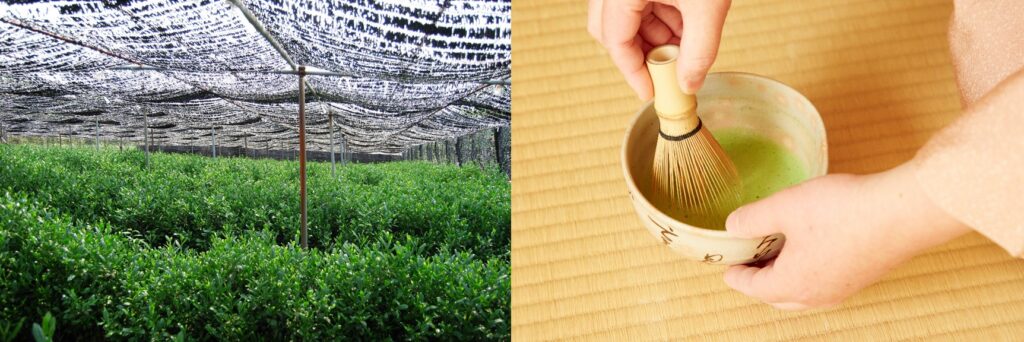
Right: In a tea ceremony, the host prepares tea with utmost care for the guests.
3. The Evolution of Uji Tea (17th-19th Centuries)
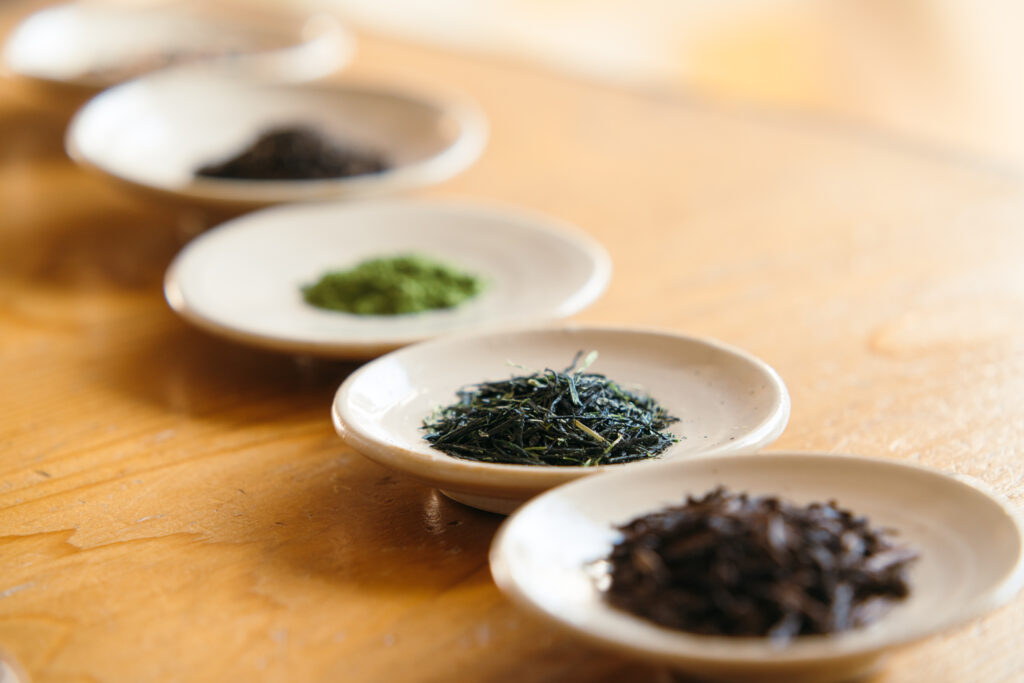
In the Edo Period, from the early 17th century lasting for approximately 260 years under the Tokugawa shogunate, commerce thrived under political stability. Uji tea retained its favored status even after the center of government was shifted from Kyoto to Edo (present Tokyo). The grand annual procession called Ochatsubo Dochu (journey of tea leaf jar), a symbol of the shogunate’s authority, delivered Uji tea to Edo.
The 17th century saw a new development in tea making. Ingen Ryuki (Yinyuan Longqi), a Chinese Zen Buddhist priest, introduced the concept of sencha to Japan, where tea leaves are brewed rather than powdered and whisked like matcha. In the 18th century, Nagatani Soen devised Aosei Sencha Seiho, an innovative method of hand-kneading steamed tea buds and leaves during the drying process. Yielding a tea with a vibrant color, a pleasant aroma, and a delicious taste, Aosei Sencha Seiho laid the foundation for the processing method of today’s sencha.
In the early 19th century, gyokuro (also known as “jade dew”), a premium green tea, was born in Uji, through the fusion of two methods, Ōishita Saibai and Aosei Sencha Seiho. Sandy soil is suitable for cultivating gyokuro, and excellent plantations expanded from areas around Kizu River.

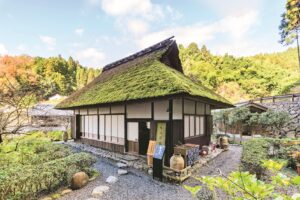
Birthplace of Nagatani Souen
This is the birthplace of Nagatani Souen, rebuilt in 1960. He developed and popularized the Aosei Sencha Seihou method in 1738, which laid the foundation for the processing method of some of today’s J …
4. Today’s Uji Tea
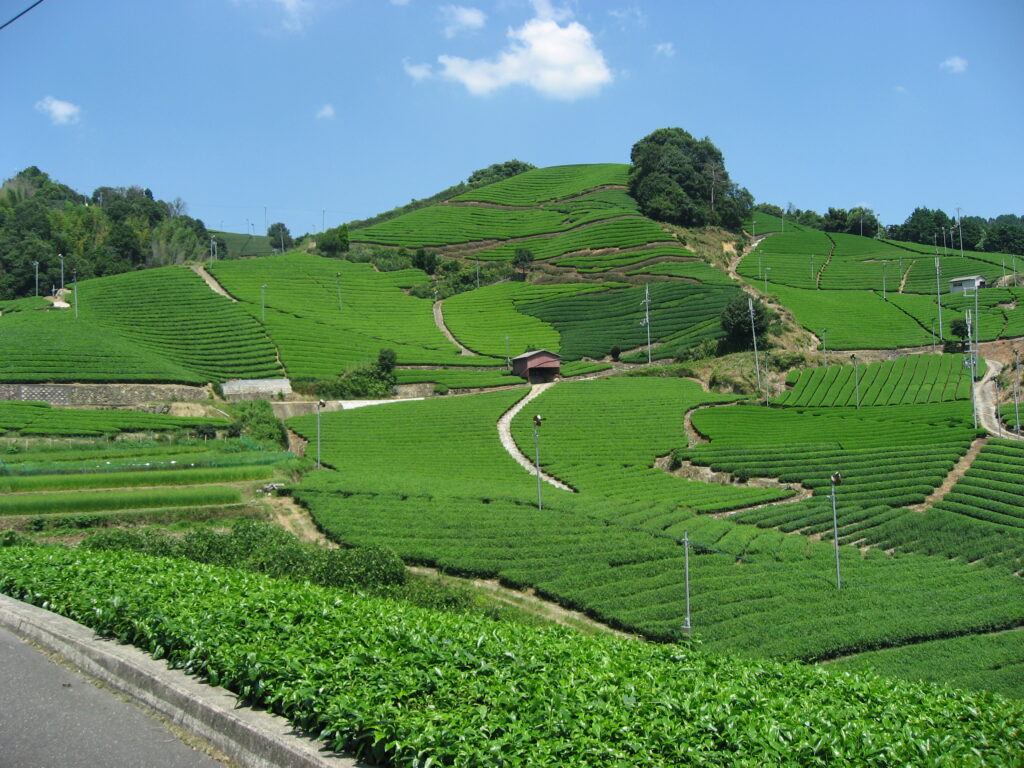
In the late 19th century, as the modernization of Japan progressed, the global demand for green tea surged, leading to rapid expansion of the Japanese tea industry. In the 20th century, south of Uji, the tea plantations were expanded from the slopes of the mountains to the mountaintops, creating distinctive landscapes of beautiful green carpets stretching towards the sky.
Today, Japanese teas, especially matcha, are riding a global wave of popularity, being incorporated into a variety of products from sweets to energy drinks. Research findings on green tea, including its antibacterial, antiviral, and relaxing benefits, are leading us to recognize matcha’s potential as a superfood.
There are so many options to enjoy matcha and other Japanese teas, such as organic ones, tea-infused beers, and food pairings. Find your favorite way to enjoy tea in the Kyoto Tea Country region, which is located just south of Kyoto City. You can also immerse yourself in centuries of history while feeling relaxed and refreshed by the serene beauty of a tea plantation and the rich aroma of tea. From the traditional wonders of tea to exciting modern delights, unforgettable tea experiences await you.
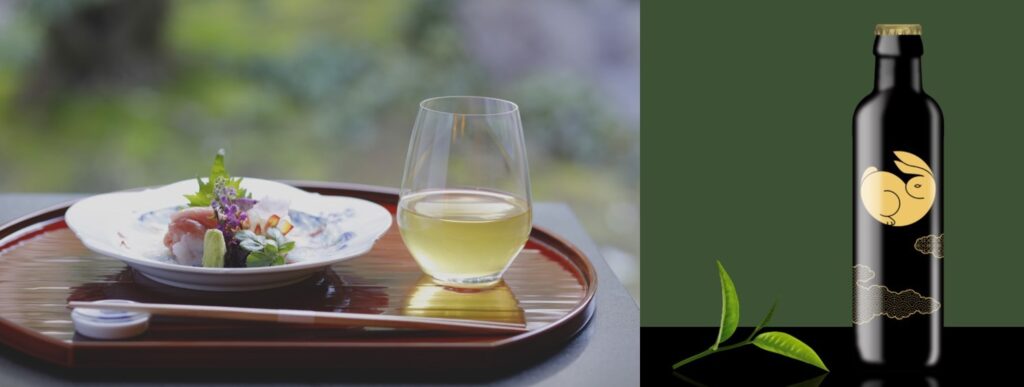

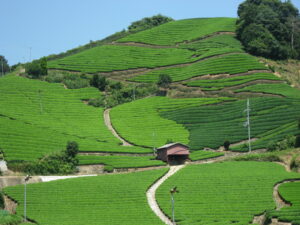
Shirasu and Ishitera Tea Plantations
Wazuka Town gradually warms up from west to east in spring. In Ishitera and nearby places, located in the western part of Wazuka, tea picking begins no later than late April. Therefore, the tea planta …
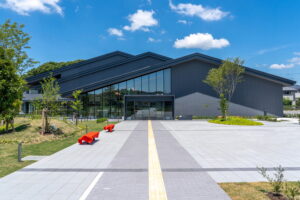
Historical Park of Tea and Uji Land (Chazuna)
If you want to learn about Uji tea and the history and culture of Uji, this is the perfect place to start. With the rich history of Uji, the park is located among several historical sites, including …
